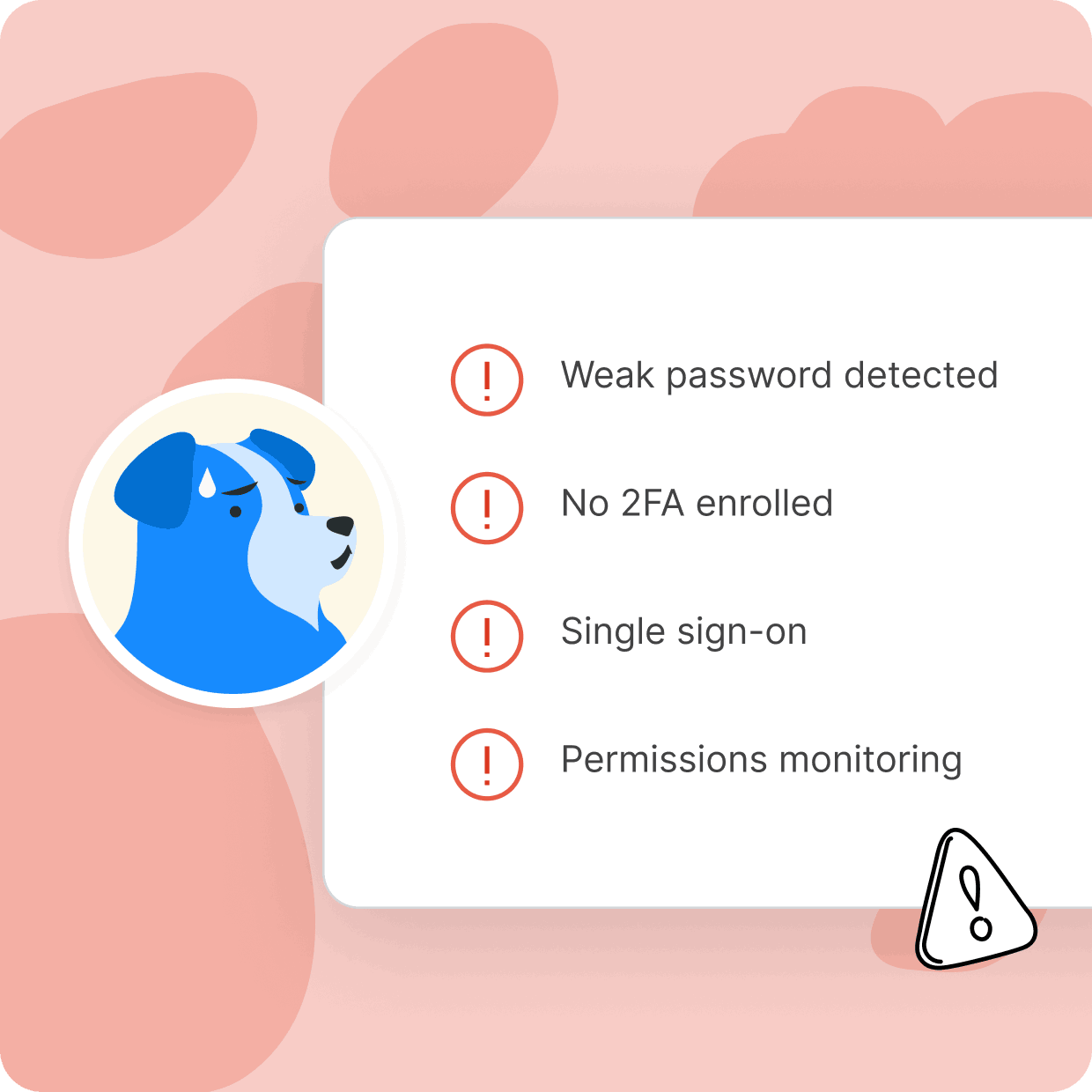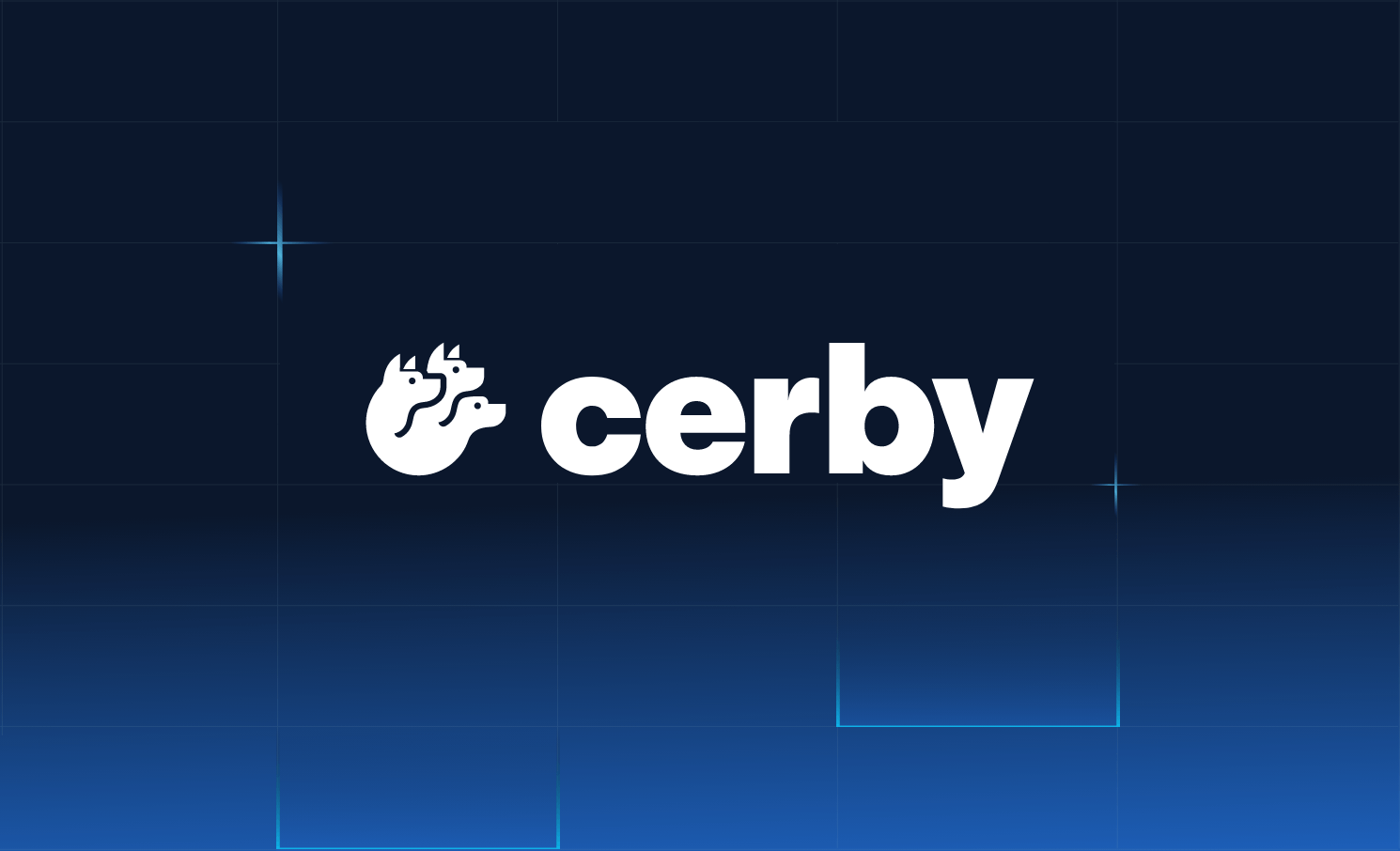SaaS cloud security refers to a software-as-a-service platform that is specifically designed to protect and secure cloud-based applications and data. It offers various security features, such as encryption, access controls, threat detection, and monitoring, to safeguard sensitive information and defend against cyber threats within the SaaS environment.
Unfortunately, many applications don't support identity standards like the Security Assertion Markup Language (SAML) and the System for Cross-domain Identity Management (SCIM) specification. Without native support for these standards, applications either can't work with many PAM solutions or require expensive integrations.
Cerby allows you to manage all your SaaS administrator accounts, rotate credentials, and monitor and audit privileged account activities.
Secure Privileged Accounts
Not all accounts are created equal. Some come with administrative permissions that put sensitive data at risk when in the wrong hands. With Cerby, you can help protect your business from bad actors, mistakes, and data breaches.
With Cerby You Can
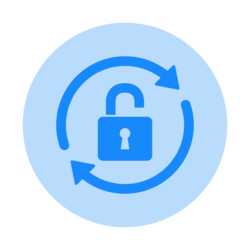
Secure your SaaS admin accounts
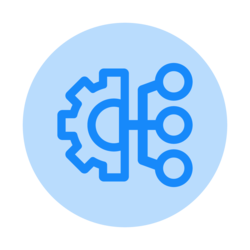
Protect your business from data breaches
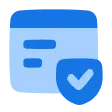
Eliminate the costs of custom integrations
SaaS Cloud Security
As Software-as-a-Service (SaaS) continues to grow in the digital marketplace, so can the risk of falling victim to cyber-attacks. Fortunately, adhering to SaaS cyber security best practices can help organizations avoid unnecessary security risks. Implementing a comprehensive SaaS cloud security strategy is important and can help minimize vulnerabilities and the chance of compromised sensitive data.
SaaS applications often present unique cybersecurity challenges that require specific solutions, and—considering the sensitive and valuable organizational data they contain—SaaS security can be an essential part of any organization's cyber security strategy. SaaS security tends to focus on securing the application, the data being transmitted, and the data stored in the cloud.
While the SaaS provider is responsible for security to some extent, it is also important for the organization using SaaS to ensure that its data, employees, and systems are secure.
Implementing SaaS cloud security measures can encompass firewall protection, data encryption, access control, identity management, threat detection, and more. These measures are generally aimed at ensuring that business-critical data is secure, employee access to applications and systems is authentic, and that potential threats or risks are detected and addressed quickly.
Establishing a thorough incident response plan that includes regular security audits, employee training, and collaboration with SaaS providers can help ensure that organizations can detect, defend against, and recover from cyber-attacks should they happen.
SaaS cloud security is and will continue to be a top concern for organizations as more continue to adopt SaaS in their operations. Understanding what SaaS security is and the importance it plays in managing cyber risks is important for organizations seeking to ensure the protection and security of their data, systems, and brand reputation.
SaaS Security Risks
SaaS has become a popular business model due to its flexibility and cost-effectiveness. Still, as it is not immune to security breaches, understanding SaaS issues and solutions can be important. According to the Ponemon Institute research, organizations are not able to reduce the cybersecurity risks caused by shared accounts. In the research, 50% of respondents say their organizations’ access management strategy enables employees to share login credentials securely when required by the application.
One major SaaS security risk is the potential loss of sensitive data due to an inadequate security system. SaaS providers must implement measures such as encryption, access control, and secure data storage to ensure the protection of their customers' data.
What’s more, malicious attacks—such as hacking, phishing, and ransomware can compromise a SaaS system, leading to sensitive data being exposed, and potentially costing customers valuable time and money.
Another challenge that organizations using SaaS may face is vendor lock-in, when an organization becomes dependent on a specific SaaS provider, which can lead to problems should the organization attempt to switch to a new provider.
Data compliance issues—such as those stemming from noncompliance with privacy and data sovereignty laws—are also risks associated with SaaS. Fortunately, these challenges have solutions, and before adopting a SaaS platform, businesses should ensure that their provider meets compliance requirements.
In order to prevent SaaS-related security risks, businesses might implement strategies such as training employees on security best practices and regularly monitoring their SaaS system for suspicious activity. While SaaS offers numerous benefits, it is essential for organizations to take proactive measures to mitigate potential security risks.
SaaS Security Best Practices
As the adoption of SaaS continues to grow, ensuring the security of SaaS applications has become an essential task for all kinds of organizations. To achieve this goal, businesses must follow specific SaaS security best practices and standards.
The National Institute of Standards and Technology (NIST) offers resources to help companies better understand how to create and maintain a secure SaaS environment. Resources such as these can help organizations develop effective security strategies.
In order to help adhere to important security practices, organizations can develop and internally disseminate a SaaS security checklist that covers essential security controls, such as application design, access management, data encryption, key management, and incident response.
SaaS security controls are another fundamental aspect to consider in order to keep your SaaS applications secure. Some examples of security controls for SaaS applications include access controls, data backups, encryption of data, and multi-factor authentication. It’s also important to monitor the integration between different systems and the access provided to third-party applications that interact with your SaaS application.
Adoption of SaaS security standards is also an excellent way to ensure that your SaaS applications are secure. There are different security standards to choose from, such as ISO/IEC 27001, SOC 2, and HIPAA. These standards help businesses establish rigorous and reliable security processes.
Regular security audits can help organizations identify security gaps and address emerging threats, contributing to a continuous improvement cycle of their security posture.
Businesses looking to use, or who are already using, SaaS applications should ensure that their applications are secure by following SaaS security best practices, standards, and controls. It’s important to be proactive and remain vigilant in order to mitigate security risks and prevent data breaches.
SaaS Security Solutions
The SaaS sector has seen much interest in SaaS solutions in recent years. With the adoption of SaaS solutions, the need for secure cloud infrastructure and software delivery platforms remains highly important.
A range of SaaS security solutions and tools are available to help businesses ensure secure software applications and data storage. These tools and services are often aimed at helping companies mitigate common risks of SaaS. Business models can vary, with some SaaS security solutions taking the form of SaaS themselves. Organizations might consider the top 10 cloud security companies to be those with a proven track record, robust SaaS security tools and services, and reasonable pricing.
There are numerous SaaS security tools available—such as intrusion detection and prevention systems, vulnerability analytics, encryption tools, and firewalls. These tools are designed to offer end-to-end security solutions that range from data encryption threat detection and network security.
Some of the most well-known SaaS security companies and trusted cloud security tools in the industry include Microsoft Azure, Amazon Web Services (AWS), IBM Cloud, Google Cloud Platform, McAfee, Cisco, Palo Alto Networks, and TrendMicro.
These companies offer a range of cloud security services that cater to specific requirements such as data protection, network security, and threat detection. Their solutions range from security products and compliance solutions to risk assessments and cloud-to-cloud security solutions.
Businesses seeking secure software delivery platforms and cloud infrastructure solutions can look to the top ten cloud security companies and SaaS security tools to meet their security requirements and ensure the protection of their data.
SaaS Security Checklist
Ensuring the proper implementation of security measures in SaaS applications is extremely important. SaaS applications offer convenience and cost-effectiveness, but they can also increase the risk of cyber-attacks and data breaches. To mitigate these risks, SaaS security checklists and assessments are helpful tools for organizations.
A SaaS security checklist provides a comprehensive set of security guidelines and practices focused on SaaS applications. It’s a valuable tool for businesses to review their SaaS systems and ensure they adhere to industry standards. To create one, organizations can make a SaaS security checklist in XLS or Google Sheets format.
This can serve as a guide for organizations to identify the security measures needed to safeguard their SaaS data. Additionally, a SaaS security assessment evaluates the overall security framework of a business's SaaS systems, including policies, procedures, and technologies.
It is an effective way to identify and mitigate risks associated with SaaS systems since it can help businesses analyze the threats they face and assess their security controls to safeguard their sensitive data.
By implementing these assessments, businesses can better proactively identify and prioritize potential SaaS security risks, enabling them to obtain a better security posture and enhanced protection against potential cyber threats. Using a SaaS application security checklist and conducting a SaaS risk assessment can help businesses ensure that their SaaS application is compliant, secure, and resilient in the face of cyber threats.
SaaS Security Posture Management
SaaS security posture management (SSPM) refers to the process of measuring and managing the effectiveness of an organization's security controls in a SaaS environment. This practice is crucial in establishing and maintaining a secure SaaS environment.
SSPM aims to identify and mitigate any security risks associated with SaaS, helping to ensure that organizations are protected against malicious cyber threats. SSPM vendors offer solutions designed to help administer an organization's security posture within a SaaS environment.
These solutions can help the organization monitor their SaaS applications, identify misconfigurations, manage security policies, and access controls, and provide continuous monitoring of the environment.
SSPM security tools can be used to help organizations improve the overall security of their SaaS infrastructure, while also helping to ensure compliance with regulatory standards and industry-specific best practices.
SSPM differs from Cloud Access Security Brokers (CASB), which primarily focus on policy enforcement. SSPM, on the other hand, focuses on maintaining security through the optimization of the organization's security posture. Given the rise in SaaS adoption, ensuring a secure SaaS environment is necessary for organizations of varying sizes.
SSPM is a critical component of maintaining a secure infrastructure and minimizing the risk of data breaches. By engaging an SSPM vendor or using sophisticated SSPM tools, businesses can manage risks commonly associated with a SaaS environment, contribute to better long-term security, and reduce the potential impact of security-related incidents, which could otherwise be costly and damaging to an organization's reputation.
